1. Analog Life—No Cell Phones, No Internet
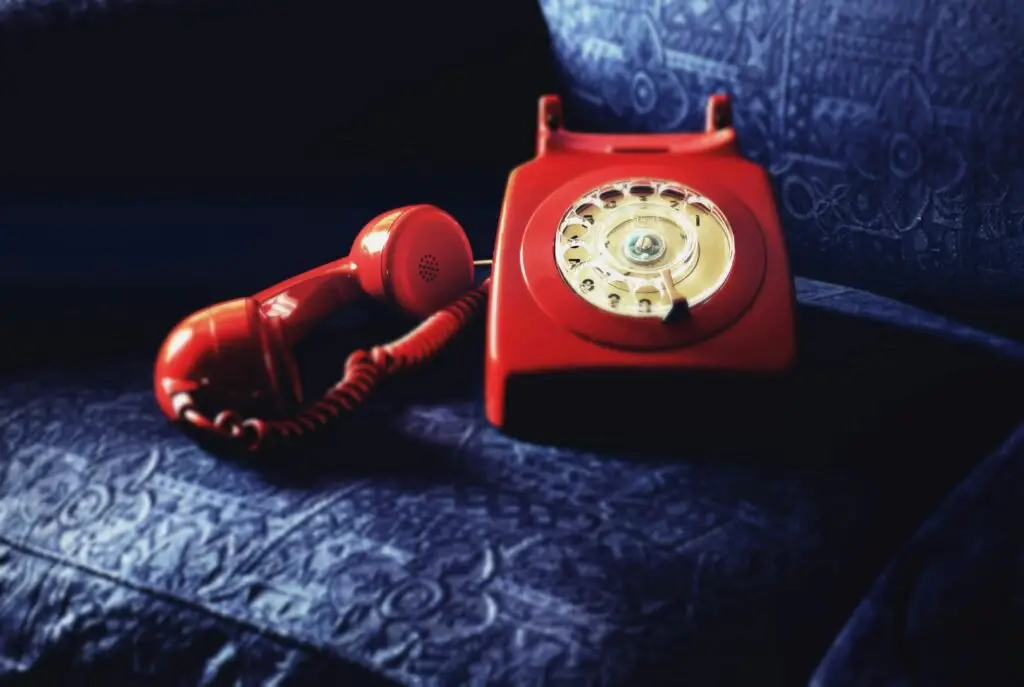
Imagine a world where you couldn’t just tap a screen to know what’s going on across the world or even across the street. The 1970s were still fully analog. If you wanted to talk to someone, you had to call them on a landline or go knock on their door. If they weren’t home? You just had to try again later. It wasn’t just a slower time; it was a time when patience was part of the process.
2. The 55 MPH Speed Limit
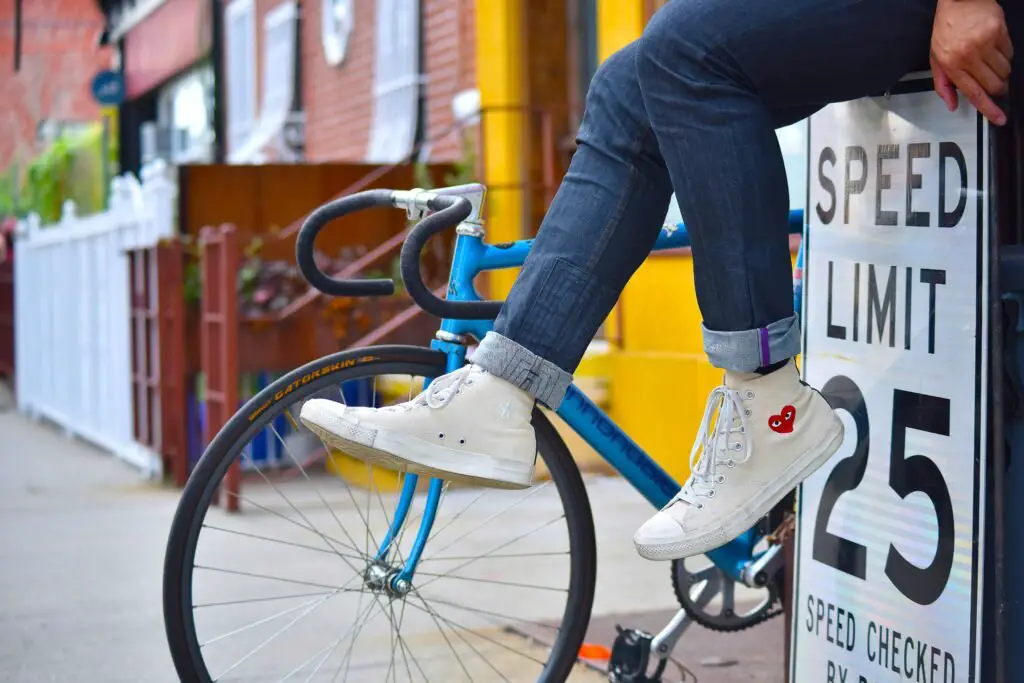
The national speed limit was set to 55 miles per hour in the 1970s as part of an energy conservation effort during the oil crisis. For drivers used to pushing the pedal to the metal, this was a big change. Highways had to slow down, which was frustrating for some but definitely made road trips a little more scenic.
3. The Reign of Disco and Funk
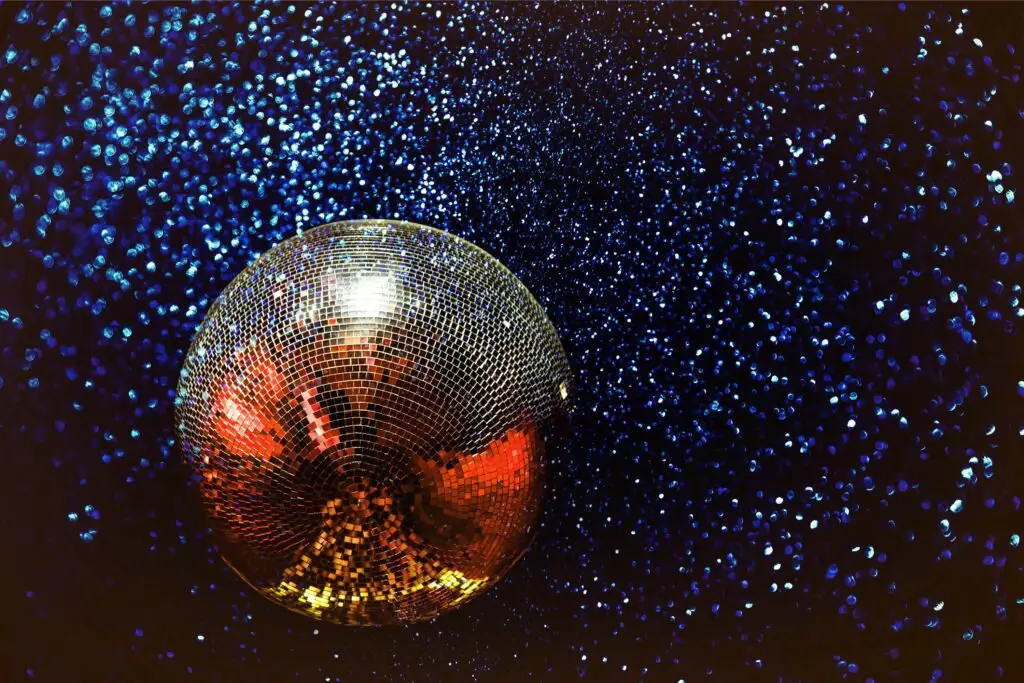
Disco didn’t just change music; it became a full-on lifestyle. With disco balls, neon lights, bell-bottoms, and platform shoes, people were hitting the dance floor hard. Clubs like Studio 54 in New York City weren’t just dance spots—they were cultural epicenters where music, fashion, and celebrity all collided.
4. Television Meant Three Channels
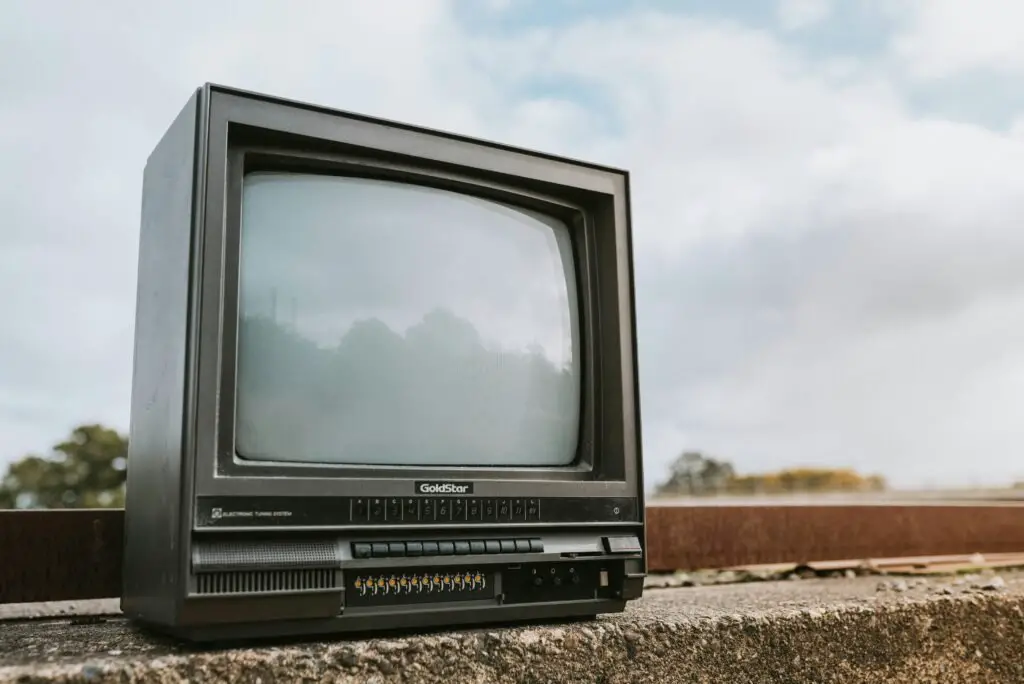
With no cable TV yet, most households relied on three main broadcast networks—ABC, CBS, and NBC. You didn’t have hundreds of channels to flip through, just those three, and maybe PBS if you were lucky. And if a show aired once a week, you had to be there, glued to the TV at that exact time. Miss it, and you missed it.
5. Drive-In Movie Theaters
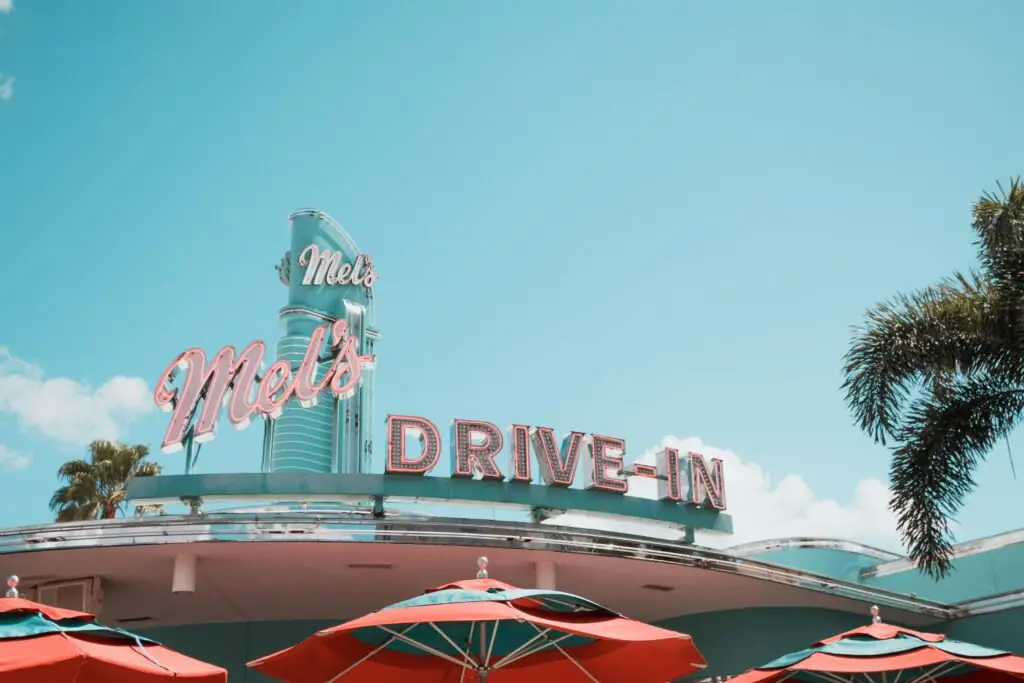
Drive-in theaters were a huge part of the ’70s. Families would pile into the car with snacks and blankets, tune their radios, and watch a movie under the stars. It was a magical experience, almost like camping with a movie screen. By the ’80s, the drive-in experience started to fade, but it still lives on in ’70s nostalgia.
6. Payphones Were Everywhere
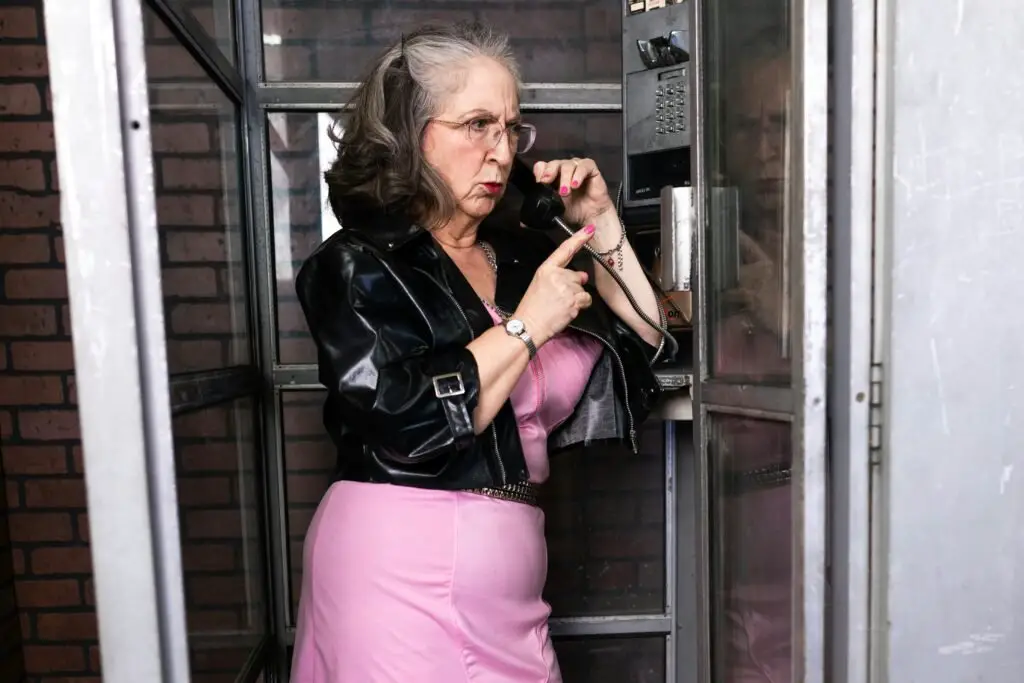
Before cell phones, payphones were your lifeline if you needed to make a call on the go. They were stationed on almost every corner, in restaurants, gas stations—you name it. You always had to keep some change in your pocket just in case you needed to make a call, and long-distance ones could eat up your change quickly!
7. Vinyl Records and 8-Tracks
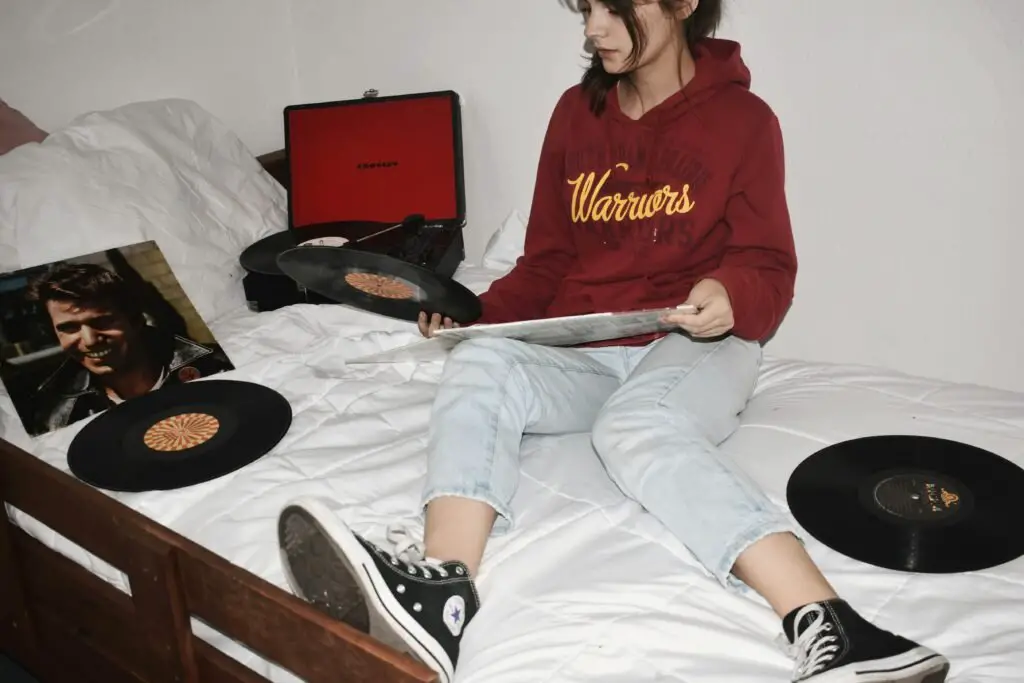
Music wasn’t streamed; it was played on vinyl records and, for the car, on 8-tracks. You’d pick out a record, drop the needle, and listen to an album from start to finish. It was a whole experience, not just a few clicks. And 8-tracks meant carrying a bulky case in your car if you wanted more than one album on the go.
8. Polyester and Plaid Everywhere

Fashion in the ’70s was truly one of a kind, with an explosion of polyester, plaid, and bright, sometimes eye-watering colors. The outfits were bold and vibrant, from bell-bottoms and leisure suits to mini skirts and maxi dresses. And everything seemed to have that unique polyester sheen.
9. The Rise of Feminist and Environmental Movements
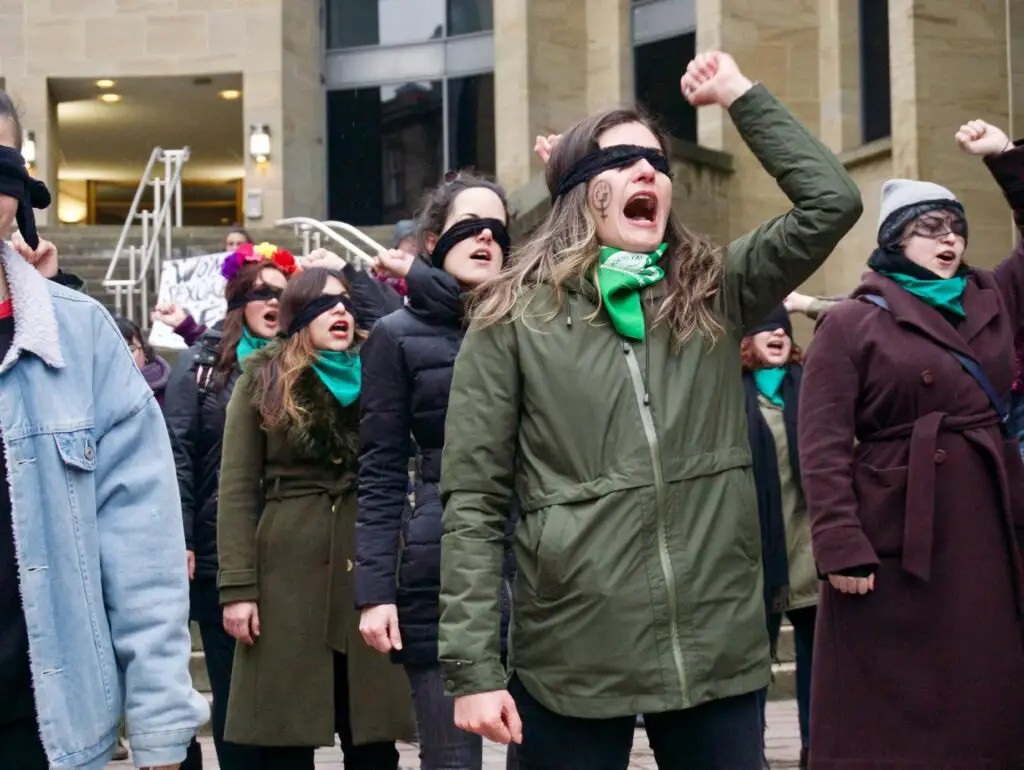
The 1970s were a turning point for social activism. The second wave of feminism gained serious traction, giving rise to iconic figures like Gloria Steinem, and the first Earth Day was celebrated in 1970, which marked a new era for environmental awareness. These movements began to shape the way people thought about equality, rights, and the planet.
10. Gasoline Rationing and Long Lines at the Pump
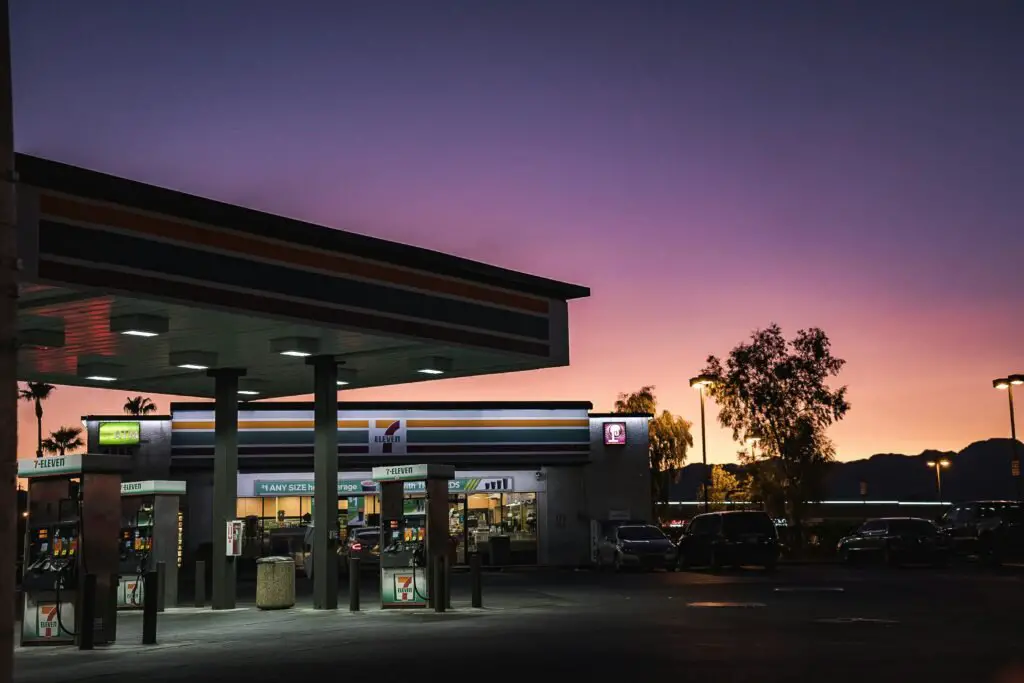
During the oil crisis of 1973, gas shortages meant you could only get fuel on certain days of the week, depending on your license plate number. Long lines at gas stations were the norm, and people had to plan their trips very carefully. It was a stark reminder of just how dependent everyone was on gasoline.
11. Cigarette Ads Were Still Everywhere
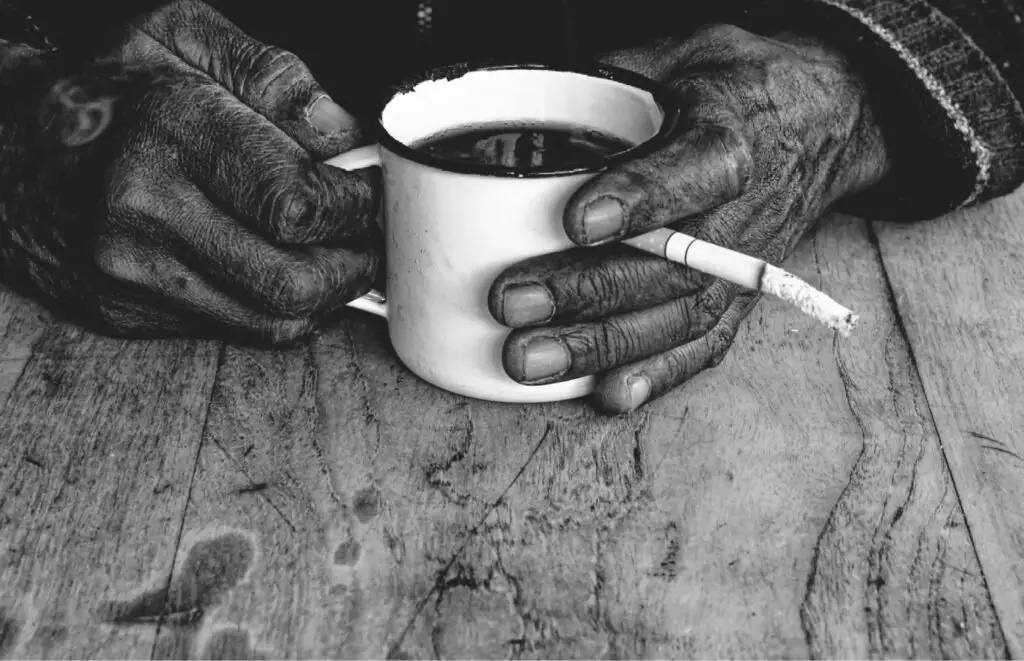
The ’70s were one of the last decades when cigarette advertising was prevalent. You’d see glamorous ads in magazines, on billboards, and even on television. Smoking was a common part of life, and the health risks were often downplayed or ignored in favor of the “cool” factor.
12. The Beginning of Video Games
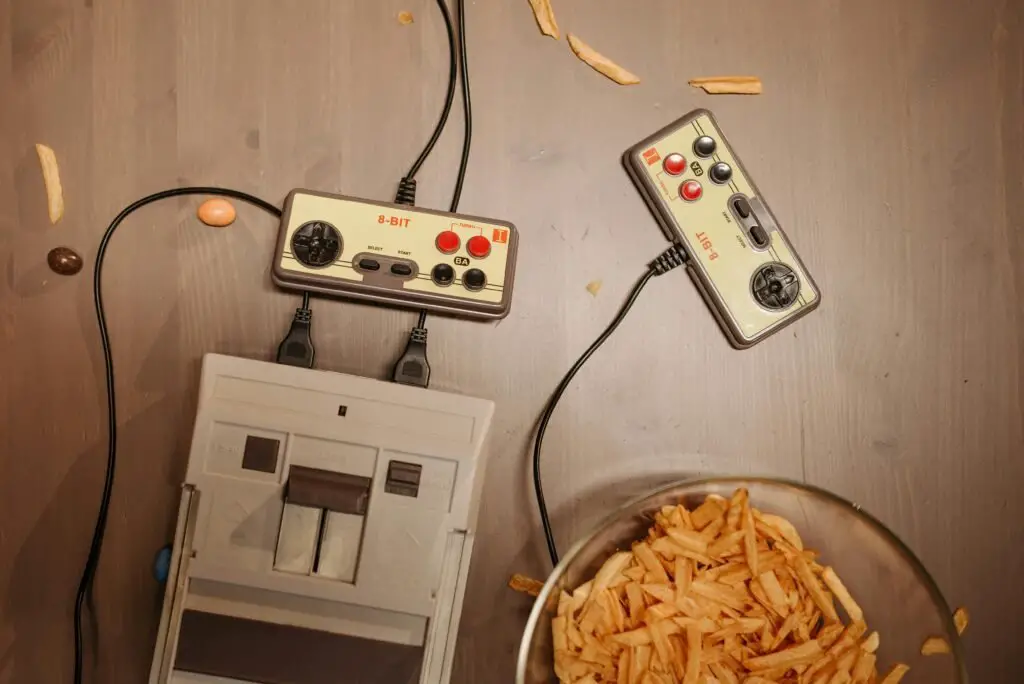
Though simple by today’s standards, video games were starting to make their mark in the ’70s. Pong was the first big arcade hit, and it marked the birth of an industry that would revolutionize entertainment. Kids and adults alike started spending hours with these pixelated games that had just a few basic commands but were endlessly fun.
13. Tupperware Parties
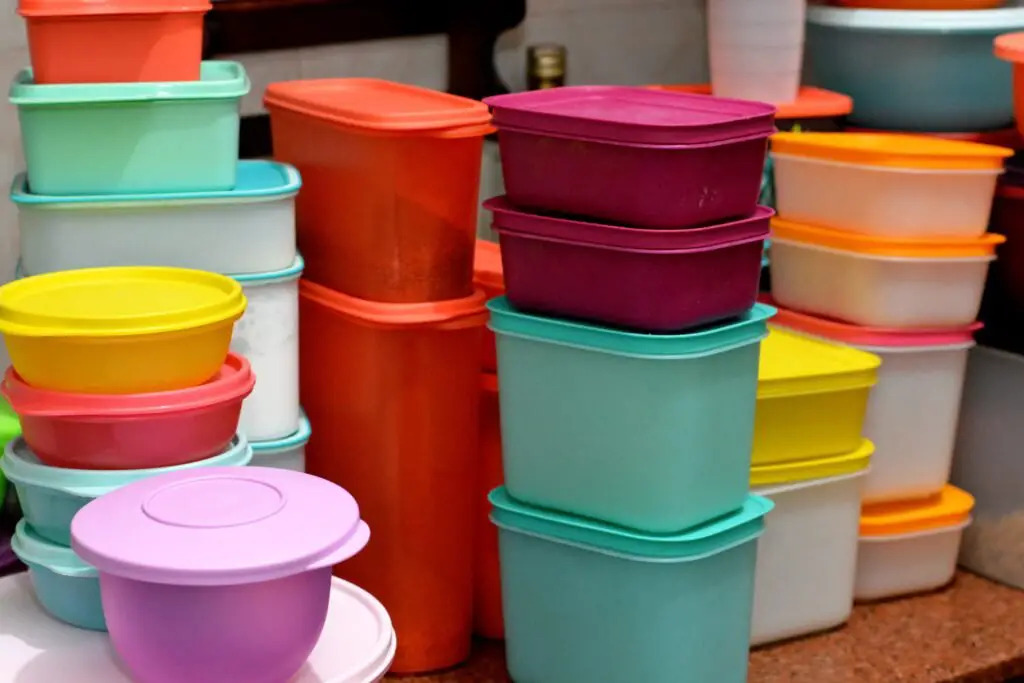
Tupperware parties were an actual social event. Friends and neighbors would gather at someone’s house to check out the latest in food storage and serveware. It wasn’t just a chance to shop; it was also a reason to socialize. Tupperware parties gave people a chance to chat, snack, and get the latest scoop.
14. Brown and Orange Decor Everywhere
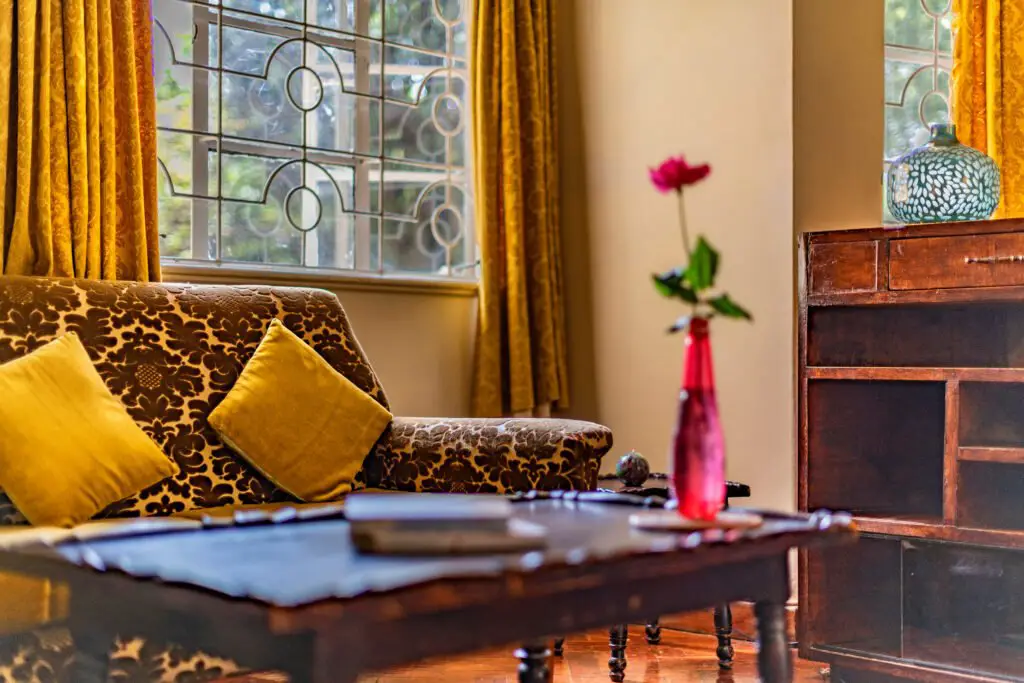
From kitchens to living rooms, the ‘70s had a very specific color palette: earth tones, especially browns and oranges, were everywhere. These colors dominated wallpapers, furniture, and carpets, creating a cozy, warm, and distinctly ‘70s vibe that most people look back on now with a mix of nostalgia and horror.
15. Typewriters in the Workplace
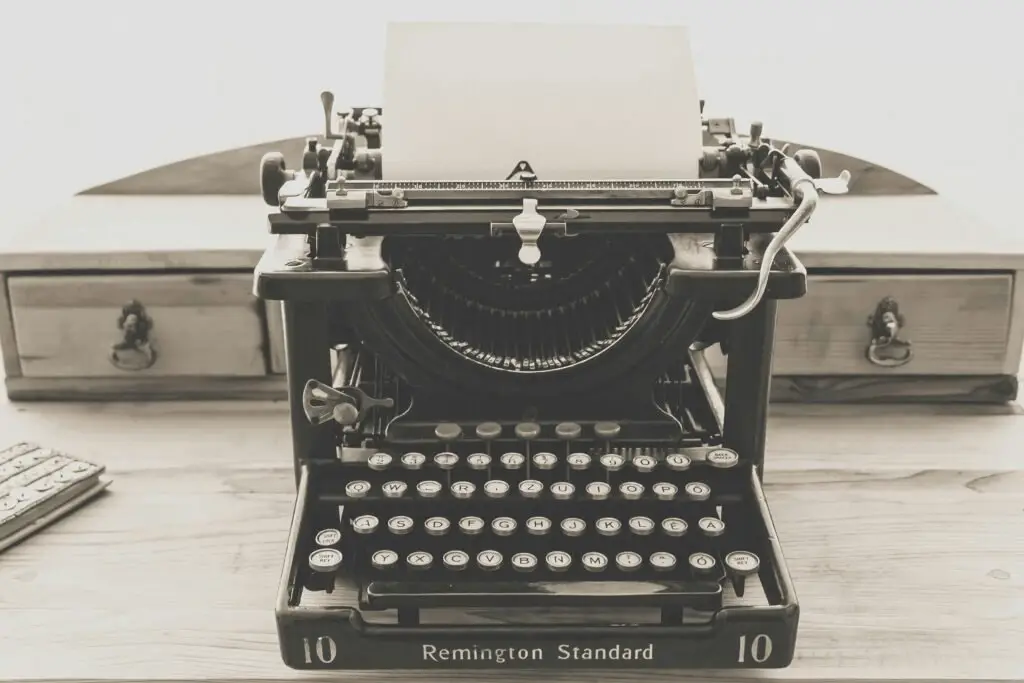
Typewriters were a staple of the office, clacking away day in and day out. Documents had to be typed perfectly or redone entirely, which made people a lot more meticulous. The introduction of White-Out was a game-changer. There was something almost romantic about the sound of a typewriter, a sound we rarely hear today.


